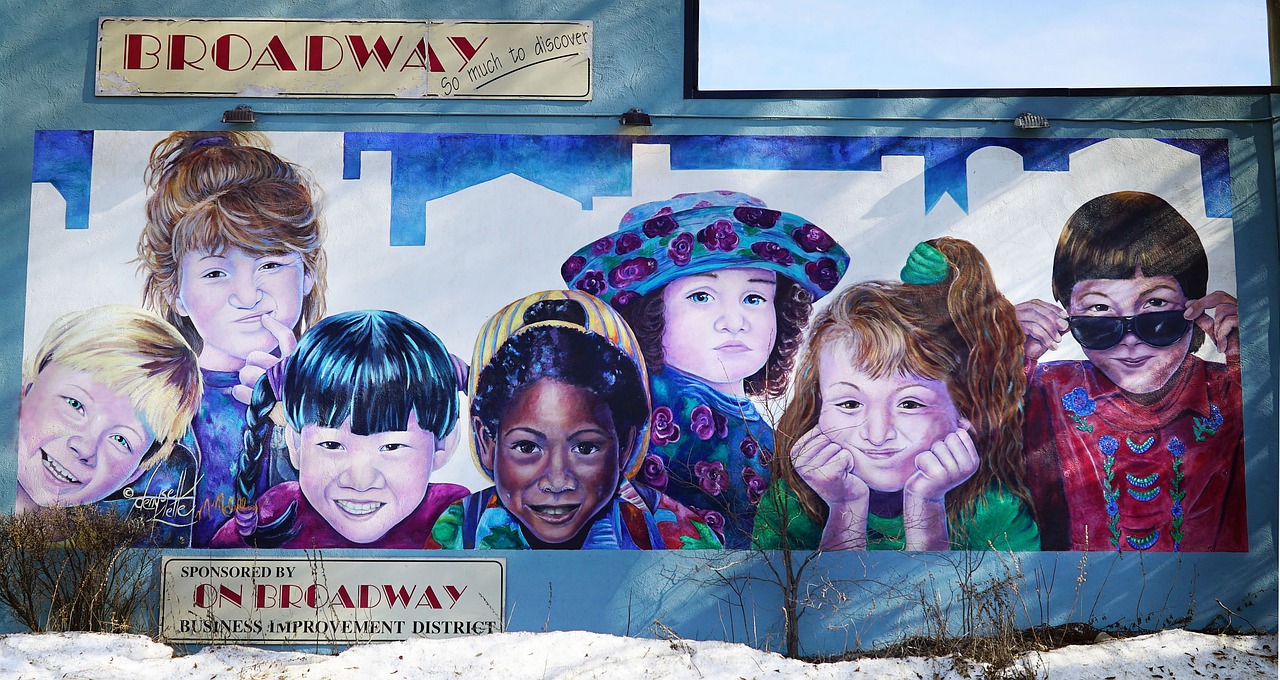
This Week’s Insights: Broadway audiences are getting younger… Connect to your audience by working in public… Canadian theatre leader changes with audience… You shouldn’t force your audience to participate… Judges overturn the audience choice.
- The Broadway Audience Is Getting Younger: The familiar story, of course, is that audiences for the arts – across the arts – are getting older. And it certainly looks like it is when you go to events around the country. But the latest report on audience demographics and behavior for Broadway theatre say the average age is going down – to 40.6, the lowest since 2000. “For a second year in a row, there was a record total number of kids and teens under 18 attending a Broadway show. At 2.1 million, it represents the highest total ever (it was 1.65 million the season prior). Additionally, since the 2010-2011 season, Hispanic/Latino attendance has grown by 61%, or 430,000 admissions (from 710,000 to 1.14 million).”
- How To Get Close To Your Community? Work In Public: The Battersea Arts Centre uses a model called Scratch which involves sharing an idea publicly at an early stage of its development, and getting feedback and using it to get the idea on to the next stage. “We scratch everything. It might sound unfinished, but it actually gives an artist the freedom to creatively go for what they want to achieve, potentially fail, learn and go again – repeating this cycle until they get to where they need to be.” So the benefits? The work starts a dialog with the community, and feels more authentic.
- Canadian Theatre’s New Relationship With Audiences: Leadership in Canadian theatre Is changing the ways theatres are interacting with their audiences. “In a way we can’t talk about the shifts in leadership without also addressing the shifts that are happening in culture and the shifts that are happening in audiences. One of the big ones is the expectations people have from their cultural institutions, whether it’s representation and the stories they’re seeing on the stage, or their ability to participate actively, have a real, personalized relationship with the institution, be active creators inside the experience of culture. We’re going to have to figure out ways to keep up with how the audiences want to intersect with us.”
- No! Don’t Force Your Audience To Participate! “Artists who cleverly use participatory moments can make bold statements about the boundaries between performer and spectator, onstage and off. … But all the experiences I’ve loved have had something in common: They’ve given audiences a choice. A few weeks back, I had a starkly different experience.” Lauren Wingenroth describes what went wrong with that experience (Boris Charmatz’s 10000 Gestures, if you want to know), and suggests one simple step performers could take to avoid crossing the line from challenging to obnoxious or worse.
- An Audience Prize That Gets Overturned By Judges: It’s The Guardian’s Not The Booker Prize. The paper asked readers their choice for this year’s Booker. But when judges saw the vote, they overturned it with their votes. “They felt that Ariel Kahn’s novel, (the audience winner) for all its virtues, relied too much on coincidence, contained too much exposition and didn’t quite realise its attempts at magical realism. The stark poetry and sincerity of Ley’s novel, in contrast, made them certain in their choice. It’s also notable that this novel rewarded rereading more than others on the list.” So what’s the point of having a popular vote if it’s overturned by experts? Depends on how you do it. And transparency.

Leave a Reply